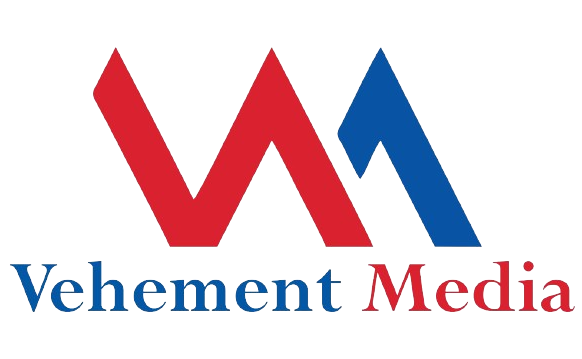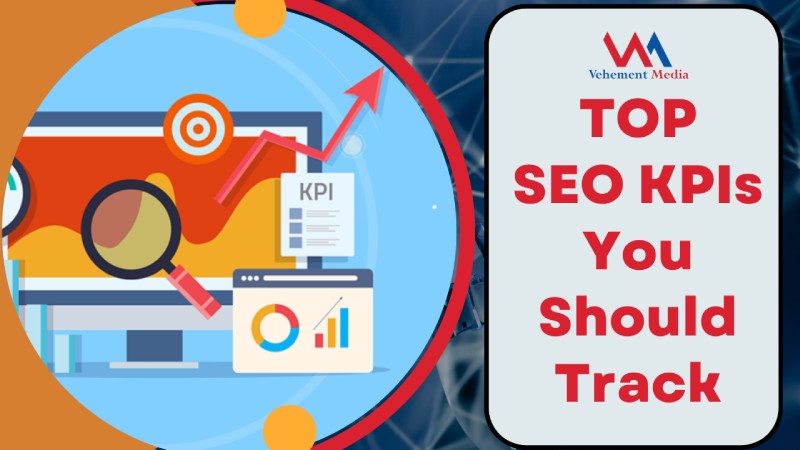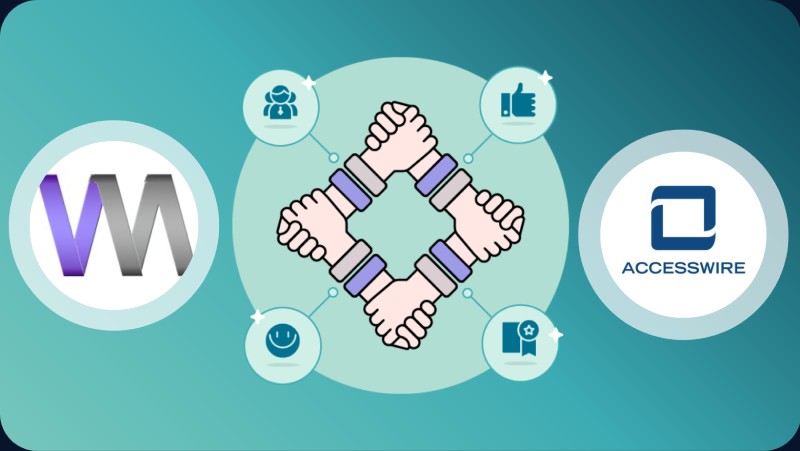Is your SEO plan working well enough? How can you be sure that your efforts provide noticeable results? How can you improve the performance of your website?
You can get the answers to all of these questions by monitoring the right performance metrics.
Tracking key performance indicators (KPIs) is crucial for assessing the success and effectiveness of SEO (Search Engine Optimization) metrics. These metrics provide you with information about your search rankings, the audience you’re reaching, and the way your SEO impacts your website.
KPIs, or Key Performance Indicators, are measurable values used to evaluate the performance of an organization or department. They provide a way to analyze an organization’s or team’s success and progress, helping managers make data-driven decisions that will improve performance over time.
KPIs work as a control system that enables you to identify which strategies are effective and ineffective. Most importantly, the best method to save time and money on things that aren’t driving the expected profits is to monitor the right KPIs.
You may also like: https://www.vehementmedia.com/services/
Here are 7 SEO KPIs you should track in 2024:
- Organic Traffic:
The number of visitors who reach your website through organic (unpaid) search results, such as Google.
Organic traffic is a fundamental KPI as it indicates how well your website is performing in search engine rankings.
SEO, or search engine optimization, is the process of making your website more visible in organic search results. Organic traffic is an important SEO KPI. It measures how many people are visiting your website from search engines.
This number should be increasing over time as your SEO efforts improve your website’s ranking in search results. It also allows you to monitor your marketing efforts.
- Keyword Rankings:
If you want to succeed with your blog or website, you need to make sure that you are targeting the right audience. And the best way to do that is to use keywords that are relevant to your niche.
Keyword rankings refer to the positions of your targeted keywords in search engine results pages (SERPs).
Monitoring keyword rankings is a fundamental aspect of search engine optimization (SEO) because it provides insights into how well a website is positioned in relation to its competitors and how effectively it is targeting its chosen keywords. Improvements in keyword rankings can lead to increased visibility, organic traffic, and ultimately, better online performance for a website. This KPI is a direct indicator of how well your website is performing against competitors for specific search queries.
- Organic CTR:
The Organic Click-Through Rate KPI is a metric used to measure the effectiveness of a website’s organic search listings in terms of attracting clicks from users. It calculates the percentage of users who click on a website’s organic search result when it appears in search engine listings, such as Google’s search results.
A higher organic CTR is generally considered desirable because it indicates that a higher percentage of users are clicking on your link when it appears in search results. A low organic CTR may suggest that your page’s title, meta description, or overall content may not be as compelling or relevant to users as it could be. Improving organic CTR is often a focus of SEO efforts, involving strategies such as optimizing meta tags, improving page content, and crafting compelling titles and descriptions.
- Bounce Rate:
The Bounce Rate KPI is a metric that measures the percentage of visitors who land on a website or a particular web page and then leave without interacting further with the site by clicking on other pages or engaging with the content.
A high bounce rate could indicate that users were not able to find what they were looking for or that the page did not live up to their expectations. It’s crucial to remember that a high bounce rate isn’t always a bad thing. A high bounce rate may be acceptable for some pages, such as blog posts or landing pages with a clear call to action, provided that users are still achieving a desired result (filling out a form, reading the content, or making a purchase).
Conversely, a low bounce rate usually means that users are interacting with the website, looking through several pages, and finding the products or content to be relevant and interesting.
In web analytics, bounce rate is frequently used as a key performance indicator (KPI) for assessing the effectiveness of a website or specific pages and to identify areas that can benefit from improvements in terms of content, user experience, or overall site design.
- Conversion rates
Conversion Rate from Organic Traffic is a specific Key Performance Indicator (KPI) that shows successful completion of specific actions or goals that are important to a website or business. It comes in many forms and types, and it often indicates the effectiveness of your web design and copy. Conversions can vary widely depending on the nature of the website and its objectives, but they often include actions making a purchase, filling out a form, or engaging in another predefined goal. This metric helps assess the effectiveness of a website’s organic search presence in driving meaningful user actions.
Conversion rate is the total number of visitors divided by the number of actions taken. This rate indicates the quality of users that arrive on your webpages and their interactions with them.
For most businesses, converting leads into customers is the ultimate goal.
If you drive people to your website but never convert them, your efforts will always be fruitless. That’s why it’s crucial for you to monitor your website conversions and improve them.
- Backlink Quality and Quantity
Backlinks are links from external websites to your site, and their quality and quantity are crucial for SEO. Backlink quantity is a KPI that measures the total number of backlinks pointing to a website or a specific webpage. Backlink quality evaluates the authority, relevance, and trustworthiness of the websites linking to a particular site or page.
These KPIs help website owners and digital marketers assess the effectiveness of their link-building strategies and understand the impact of backlinks on their site’s visibility in search engine results.
- Page speed
Page speed Key Performance Indicators (KPIs) are metrics that measure the speed and performance of a website or webpage. These metrics are crucial for user experience, search engine optimization (SEO), and overall website success. Faster-loading pages generally lead to improved user satisfaction, lower bounce rates, and better search engine rankings.
Bounce rate and page speed go hand-in-hand.
- Heavy Page → lower Page Speed → Heavy Bounce Rate
- Light page → Higher Page Speed → Lower Bounce Rate
Conclusion:
If you’re not tracking your SEO success with SEO metrics and KPIs, it’s time to get started. It’s no secret that SEO is an ever-changing landscape. As a result, the KPIs (key performance indicators) that you track should also evolve over time.
Tracking these Key Performance Indicators provide a comprehensive framework for SEO experts to assess the success of their strategies. Regular monitoring, analysis, and strategic adjustments based on these KPIs contribute to sustained success in the dynamic field of SEO.





